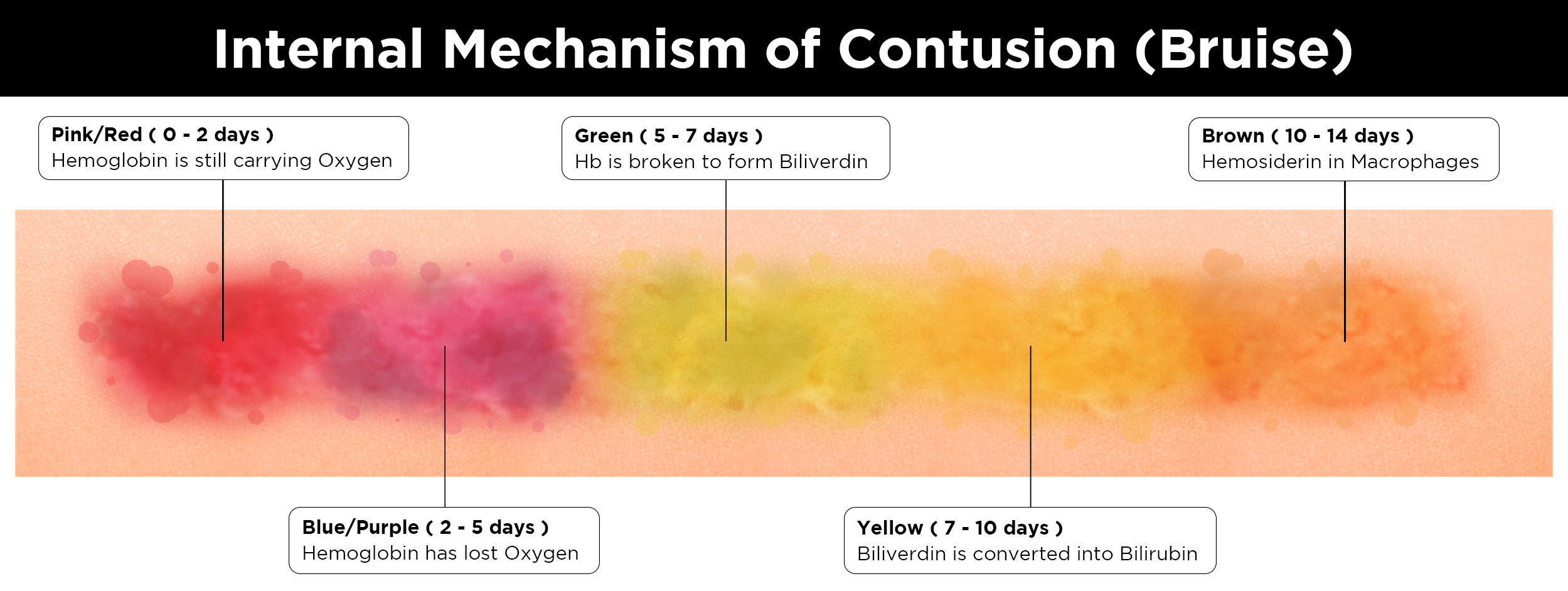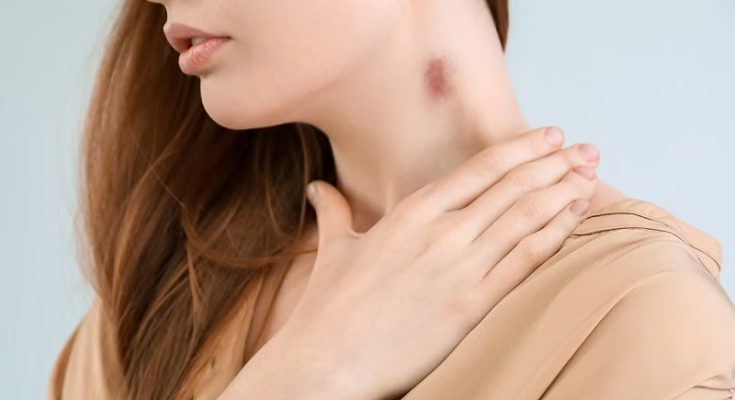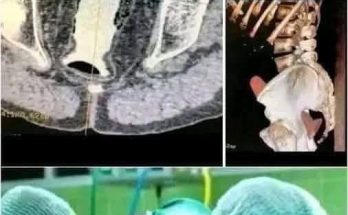Understanding Hickeys: A Comprehensive Guide
Hickeys, those telltale marks of passionate encounters, often spark curiosity and sometimes concern. Let’s delve into the science behind these “love bites,” addressing common myths and exploring safe treatment options.
What Exactly *Is* a Hickey?
A hickey, also known as a “love bite” or “kiss bruise,” is essentially a superficial bruise. It’s caused by the rupture of tiny blood vessels (capillaries) beneath the skin’s surface. This occurs due to the suction or pressure applied during passionate kissing or other close physical contact. The escaping blood pools in the surrounding tissue, resulting in a characteristic red, purple, or even dark discoloration. Unlike a cut, the skin itself remains intact, resulting in minimal pain, though tenderness might be felt initially. The body naturally reabsorbs this extravasated blood over time, causing the discoloration to fade, much like any other bruise.
The Science Behind the Stain
The process is simple: Suction creates a vacuum effect, drawing blood towards the skin’s surface. This increased pressure exceeds the capillaries’ tensile strength, causing them to break. The resulting hematoma – the collection of blood – creates the visible mark. The color change reflects the aging process of the blood itself, shifting from red and purple initially to blueish, greenish, and finally yellowish hues as it’s reabsorbed.

What Causes a Hickey and Who’s at Risk?
The primary culprit behind a hickey is undoubtedly suction. However, several factors influence its severity and appearance.
Contributing Factors to Hickey Formation
- Intensity and Duration of Suction: More forceful or prolonged suction leads to larger, darker marks.
- Skin Sensitivity: Individuals with delicate or thin skin are more prone to bruising.
- Repeated Pressure or Biting: Gentle biting combined with suction increases the likelihood of a noticeable mark.
- Underlying Medical Conditions: Conditions affecting blood clotting or those leading to increased bruising (like anemia) can exacerbate the effect of even minor suction.
The Lifespan of a Hickey: Healing and Color Changes
The healing process typically takes between three and fourteen days. However, individual healing rates vary, influenced by factors like skin type and the severity of the bruise. Expect a color progression:

- Days 1-3: Initially, the mark is bright red or purple.
- Days 4-7: The color transitions to blue or greenish.
- Days 8-14: Finally, it fades to yellow or brown before disappearing completely.
When to Seek Medical Attention
Persistent hickeys (beyond two weeks), accompanied by pain, swelling, or the appearance of a lump, warrant a visit to a healthcare professional.
Are Hickeys Dangerous? Assessing the Risks
While mostly harmless, extremely rare instances of complications associated with hickeys have been documented.

Extremely Rare, but Documented Risks
- Vascular Damage: In extremely rare cases, excessive suction near major arteries in the neck has been linked to stroke-like symptoms. This risk is extremely low and largely theoretical for healthy individuals.
- Cold Sore Transmission: If the person inflicting the hickey has an active cold sore (Herpes Simplex Virus 1), there’s a small risk of transmission through broken skin.
- Scarring: Excessive force, repeated hickeys in the same location, or picking at the bruise may lead to minor scarring.
Treating and Concealing a Hickey: Practical Solutions
There’s no magic bullet for instant hickey removal, but several methods can help minimize its appearance and hasten healing.
Home Remedies for Hickey Treatment

- Cold Compresses (First 48 Hours): Apply a cold compress (ice pack or cold spoon) for 10-15 minutes several times daily to reduce swelling and minimize blood leakage.
- Warm Compresses (After 48 Hours): Promote blood circulation using a warm compress (not hot) for 10 minutes at a time.
- Topical Treatments: Arnica gel, Vitamin K cream, bromelain (pineapple enzyme), and soothing agents like aloe vera or cocoa butter may offer some benefit. However, their effectiveness is debated.
What to Absolutely Avoid!
- Toothpaste: This is a pervasive myth with no scientific basis; it can irritate the skin.
- Coins, Toothbrushes, or Rubbing: These methods only worsen the bruise, potentially causing damage and broken skin.
Concealing a Hickey Discreetly
If you wish to conceal a hickey temporarily, consider these options:
- Makeup: Use green concealer to neutralize redness, followed by full-coverage concealer and setting powder.
- Clothing: High-collared shirts or scarves can effectively hide the mark.
- Hair Styling: Long hair or strategic hairstyles can also provide camouflage.
Preventing Hickeys: Communication and Gentle Approaches
Prevention is always the best strategy.
Preventing Hickey Formation
- Gentle Suction: Use light pressure and avoid excessive suction, particularly on sensitive areas like the neck.
- Avoid Major Arteries: Be mindful of the neck’s delicate anatomy; avoid suction near major arteries.
- Cold Sore Awareness: Refrain from any activity that could create a hickey if either partner has an active cold sore.
- Open Communication: Honest communication with your partner about comfort levels and boundaries is crucial.
Hickeys vs. Other Bruises: Key Differences
While a hickey is a type of bruise, it differs from others in several aspects:
| Feature | Hickeys | Common Bruises |
|---|---|---|
| Cause | Suction or mild biting | Blunt trauma or impact |
| Location | Neck, collarbone, chest | Anywhere on the body |
| Appearance | Circular, red/purple | Irregular, varied color/shape |
| Pain Level | Usually painless | Can be painful |
Debunking Common Hickeys Myths
Let’s dispel some popular misconceptions surrounding hickeys:
- Myth: Toothpaste removes hickeys overnight. Fact: This is false and can irritate the skin.
- Myth: Only teenagers get hickeys. Fact: Hickeys can occur at any age.
- Myth: Hickeys are a sign of love or commitment. Fact: They are simply a physical result of suction.
- Myth: Hickeys are dangerous. Fact: While rare complications exist, they are extremely unusual.
Conclusion: A Balanced Perspective on Hickeys
Hickeys are primarily harmless, temporary bruises resulting from suction. While their social implications and appearance might be a concern, they typically resolve without intervention. Remember to prioritize safe practices, manage expectations, and communicate openly to prevent unnecessary risks and complications. Focus on evidence-based treatments and ignore unsubstantiated internet remedies.




